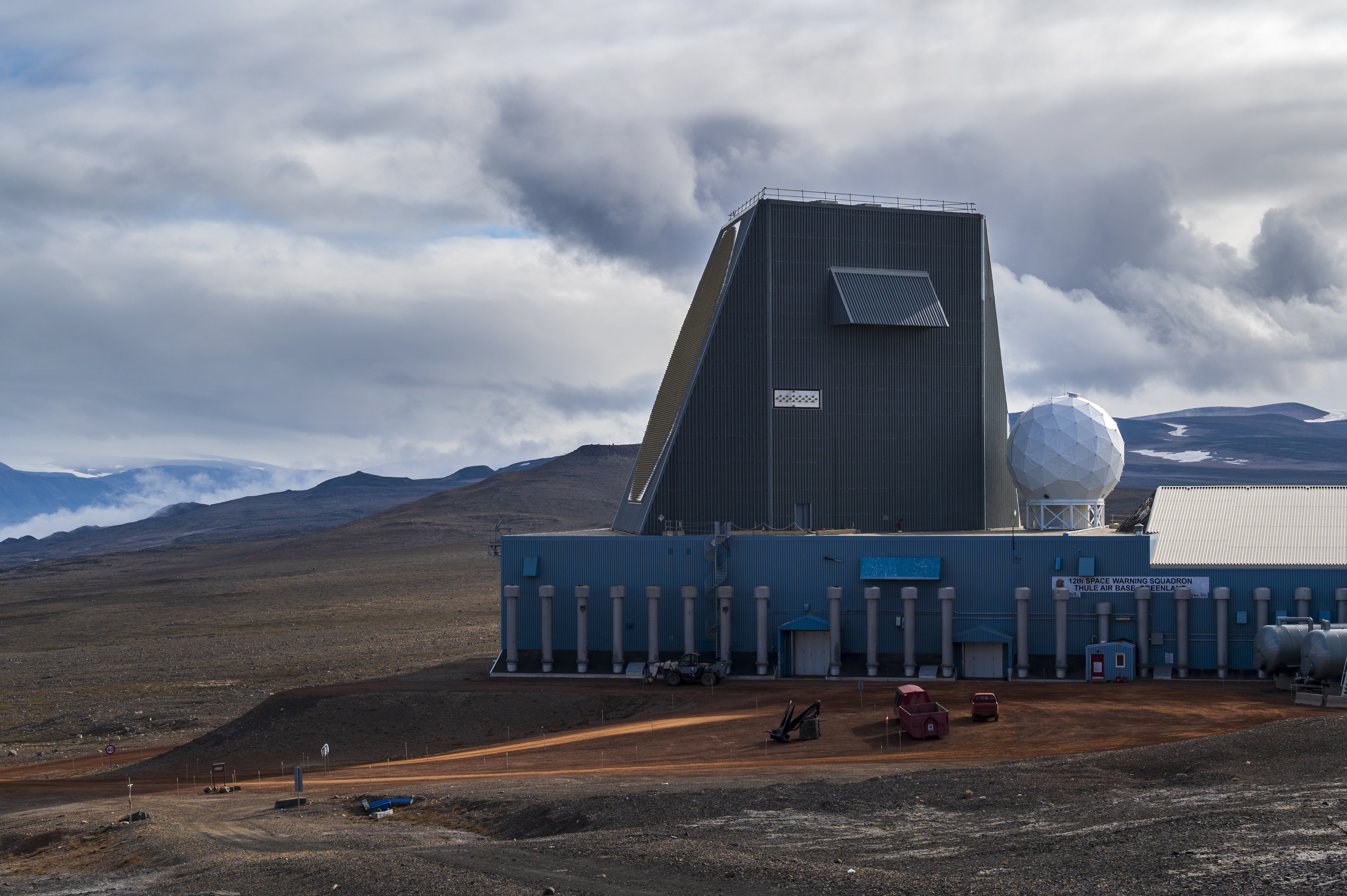
News
October 24, 2025
Greenland radars vulnerable to hypersonic missiles, critics warn
The early warning radars on Greenland are key to defending the U.S. against nuclear attack, but they're vulnerable to hypersonic missiles, critics warn.
**Greenland Radars Vulnerable to Hypersonic Missiles, Critics Warn**
A crucial line of defense for the United States against potential nuclear attacks, the early warning radar systems stationed in Greenland, are facing a concerning vulnerability: hypersonic missiles. Experts are raising alarms about the potential inability of these radars to effectively detect and track these advanced weapons, jeopardizing the U.S.'s early warning capabilities and overall national security.
The radar installations in Greenland play a vital role in providing advance notice of incoming intercontinental ballistic missiles (ICBMs). This early warning allows for critical decision-making time, enabling defensive measures and potentially preventing a devastating attack. However, the unique characteristics of hypersonic missiles pose a significant challenge to these existing radar systems.
Hypersonic missiles, capable of traveling at speeds exceeding five times the speed of sound, are incredibly fast and maneuverable. This combination of speed and agility makes them difficult to detect and track with conventional radar technology. Unlike traditional ballistic missiles that follow a predictable trajectory, hypersonic missiles can change course mid-flight, evading interception and making it harder for radar systems to pinpoint their final destination.
Critics argue that the current radar infrastructure in Greenland, while effective against older missile technologies, is not adequately equipped to handle the threat posed by these next-generation weapons. The existing systems may lack the necessary sensitivity, processing power, and coverage to consistently track hypersonic missiles throughout their flight path.
The concerns surrounding the vulnerability of these Greenland-based radars highlight the urgent need for upgrades and modernization. Experts emphasize the importance of investing in new radar technologies and signal processing techniques specifically designed to detect and track hypersonic threats. This could involve developing more advanced radar systems with wider fields of view, improved resolution, and the ability to filter out clutter and interference.
Failing to address this vulnerability could have severe consequences. A successful hypersonic missile attack could cripple the U.S.'s ability to respond effectively, potentially leading to catastrophic damage and loss of life. The debate underscores the ongoing arms race and the constant need to adapt and innovate in the face of evolving threats to national security. Ensuring the reliability and effectiveness of early warning systems like those in Greenland is paramount to maintaining a strong and credible defense posture.
A crucial line of defense for the United States against potential nuclear attacks, the early warning radar systems stationed in Greenland, are facing a concerning vulnerability: hypersonic missiles. Experts are raising alarms about the potential inability of these radars to effectively detect and track these advanced weapons, jeopardizing the U.S.'s early warning capabilities and overall national security.
The radar installations in Greenland play a vital role in providing advance notice of incoming intercontinental ballistic missiles (ICBMs). This early warning allows for critical decision-making time, enabling defensive measures and potentially preventing a devastating attack. However, the unique characteristics of hypersonic missiles pose a significant challenge to these existing radar systems.
Hypersonic missiles, capable of traveling at speeds exceeding five times the speed of sound, are incredibly fast and maneuverable. This combination of speed and agility makes them difficult to detect and track with conventional radar technology. Unlike traditional ballistic missiles that follow a predictable trajectory, hypersonic missiles can change course mid-flight, evading interception and making it harder for radar systems to pinpoint their final destination.
Critics argue that the current radar infrastructure in Greenland, while effective against older missile technologies, is not adequately equipped to handle the threat posed by these next-generation weapons. The existing systems may lack the necessary sensitivity, processing power, and coverage to consistently track hypersonic missiles throughout their flight path.
The concerns surrounding the vulnerability of these Greenland-based radars highlight the urgent need for upgrades and modernization. Experts emphasize the importance of investing in new radar technologies and signal processing techniques specifically designed to detect and track hypersonic threats. This could involve developing more advanced radar systems with wider fields of view, improved resolution, and the ability to filter out clutter and interference.
Failing to address this vulnerability could have severe consequences. A successful hypersonic missile attack could cripple the U.S.'s ability to respond effectively, potentially leading to catastrophic damage and loss of life. The debate underscores the ongoing arms race and the constant need to adapt and innovate in the face of evolving threats to national security. Ensuring the reliability and effectiveness of early warning systems like those in Greenland is paramount to maintaining a strong and credible defense posture.
Category:
World